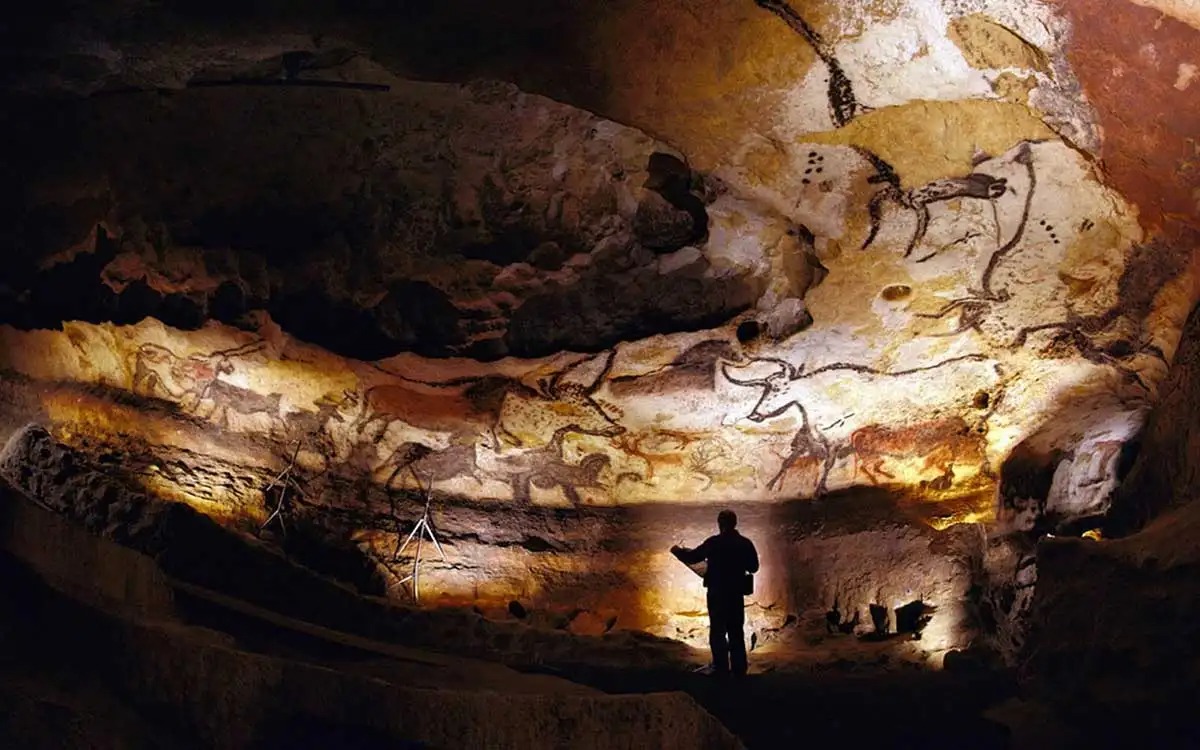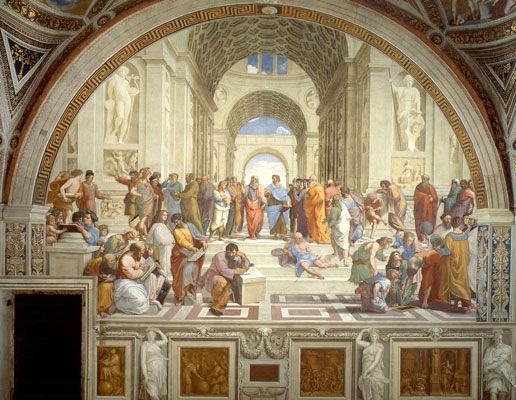The Cornerstone of Culture: Art's Indelible Influence on Society
Art has always held a unique and indomitable place in human history. When we think of ancient civilizations, we often envision their art: the intricate hieroglyphs of the Egyptians, the mesmerizing frescoes of the Greeks, or the meticulous brushwork of the Chinese dynasties. Through these visual mediums, humans have given voice to their emotions, ideas, and stories, creating a rich tapestry that both reflects and shapes the fabric of our shared human experience.
Consider, for a moment, the enormous significance of art as a window to the past. When archaeological teams uncover the remnants of ancient cultures, it's often the art – whether in the form of pottery, sculptures, paintings, or murals – that offers the most vivid glimpse into the lives and beliefs of those who came before us. These artifacts serve as silent witnesses, testifying to the desires, fears, and aspirations of generations long gone.
However, the relevance of art isn’t merely historical. While it undoubtedly helps us gain a more profound understanding of human history, it equally provides insights into the cultures and zeitgeist of different eras. Artistic movements like the Renaissance, Impressionism, or Cubism, for instance, didn’t merely exist in a vacuum. They arose as responses to societal changes, political upheavals, and intellectual revolutions. Through the lens of art, we can grasp the nuances of these shifts, allowing us to appreciate the broader contexts in which these movements took place.
Raphael: School of Athens (1509-11)
In today’s rapidly changing world, art continues to play a pivotal role. Contemporary artists engage with issues ranging from identity and globalization to technology and climate change. Their creations are not just reflections of today's world but also shape the narratives and discourses surrounding these topics. When we look at a piece of modern art, we're not just observing an artist's individual expression but tapping into the collective consciousness of our times.
Additionally, art’s therapeutic value cannot be overlooked. Especially in tumultuous times, art can serve as a sanctuary, allowing individuals to process complex emotions and seek solace in beauty and expression. Many have turned to art, either as creators or observers, to find a sense of grounding in an ever-evolving world.
In conclusion, art's relevance in society is multifaceted. It isn't just a reflection of who we were or are but also a predictor of where we might be headed. As we delve deeper into art, we embark on a journey that transcends time and space, touching the very essence of what it means to be human. By understanding art, we don't just appreciate the aesthetics; we connect with the soul of society, spanning across ages, cultures, and geographies. It's a testament to art's enduring power that, regardless of era or region, it remains the cornerstone of culture, resonating with the timeless human need to express, connect, and understand.


Post a comment